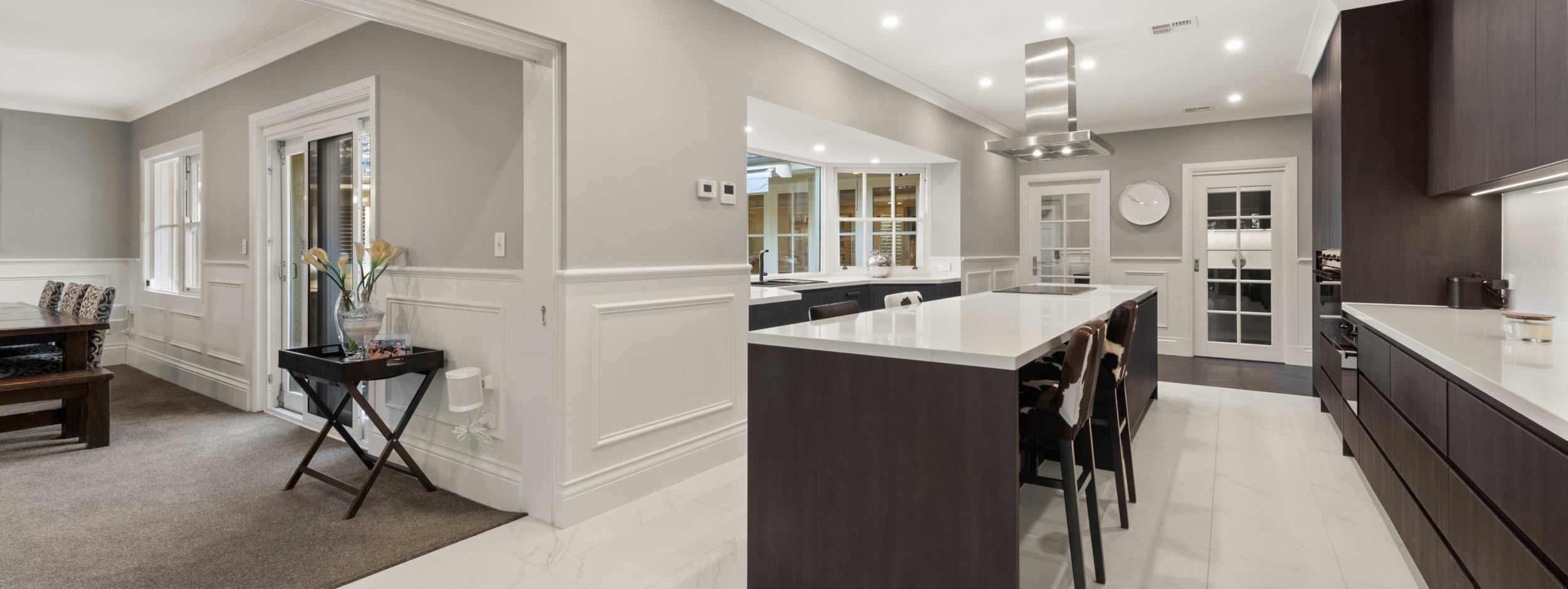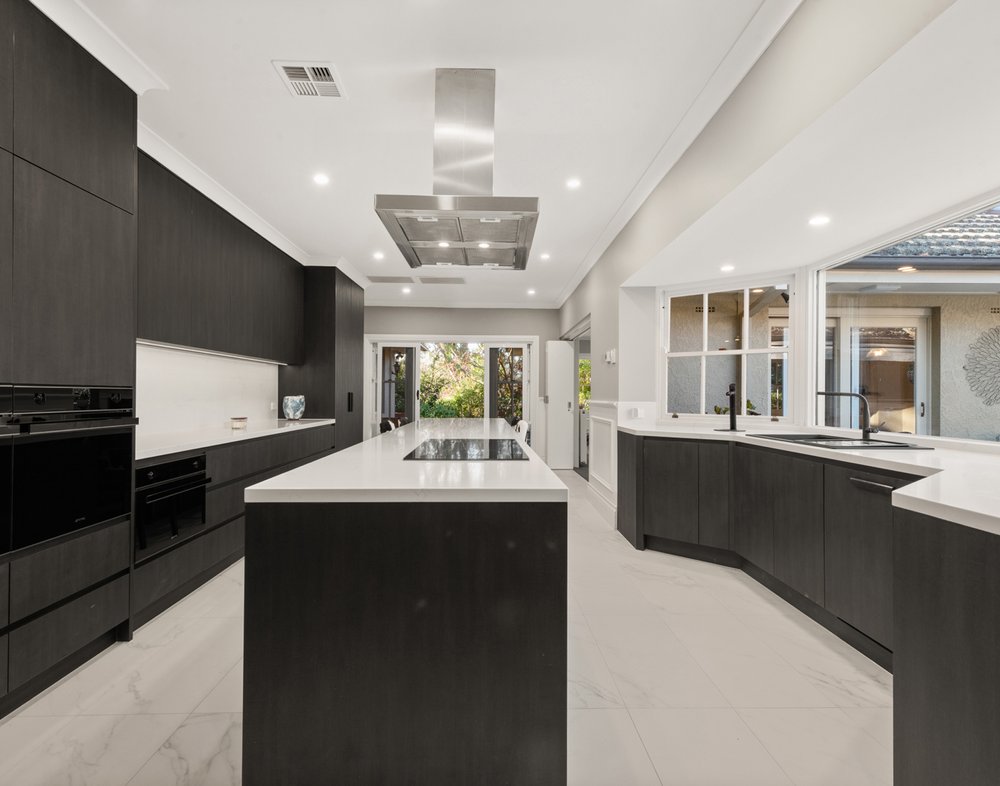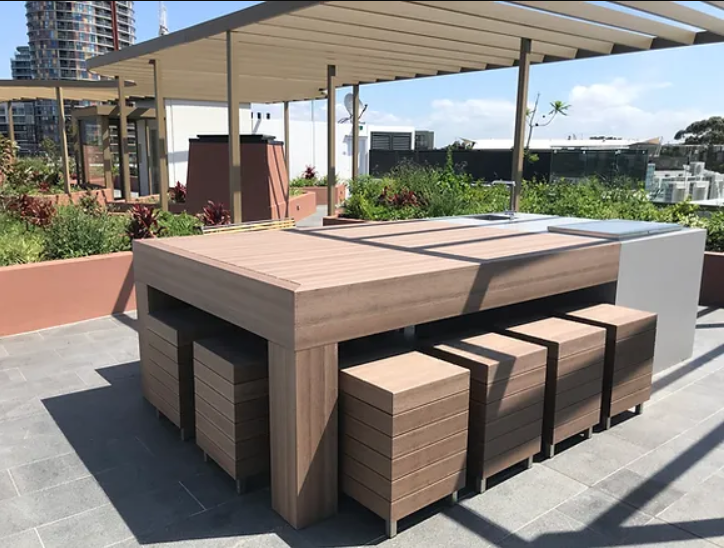
In the modern era, the knockdown rebuild process has become a popular option for homeowners seeking to modernize their living spaces. This approach involves demolishing an existing structure and building a new one in its place, allowing for greater customization and the integration of contemporary design elements. However, with the increasing focus on environmental sustainability, it’s crucial to examine the environmental impact of knockdown rebuild projects and explore sustainable practices and innovations that can mitigate these impacts. This article delves into the environmental implications of knockdown rebuilds and highlights sustainable solutions that builders can adopt to promote eco-friendly construction practices.

Understanding Knockdown Rebuilds
A knockdown rebuild involves demolishing an old, often outdated home and constructing a new one on the same plot of land. This process is attractive for several reasons:
- Customization: Homeowners can design a home tailored to their specific needs and preferences.
- Modernization: New builds can incorporate the latest architectural trends, energy-efficient technologies, and modern amenities.
- Property Value: A newly constructed home can significantly increase the value of the property.
However, the process also involves significant environmental considerations, such as waste generation from demolition, energy consumption during construction, and the long-term sustainability of the new structure.

Environmental Impact of Knockdown Rebuilds
1. Waste Generation
The demolition of existing structures generates a considerable amount of waste, including concrete, wood, metals, and other building materials. If not properly managed, this waste can end up in landfills, contributing to environmental degradation.

2. Energy Consumption
Constructing a new home requires substantial energy, from the production and transportation of building materials to the actual construction process. This energy consumption can result in increased carbon emissions, contributing to climate change.

3. Resource Depletion
The construction industry is a significant consumer of natural resources, including water, timber, and minerals. Excessive use of these resources can lead to their depletion and adverse environmental impacts.
4. Habitat Disruption
The demolition and construction activities can disrupt local ecosystems and habitats, particularly if not managed responsibly. This disruption can have long-term effects on local flora and fauna.
Sustainable Practices in Knockdown Rebuilds
To mitigate the environmental impact of knockdown rebuild projects, builders and homeowners can adopt several sustainable practices. These practices not only reduce environmental harm but also promote long-term sustainability and efficiency.
1. Sustainable Demolition Practices
Implementing sustainable demolition practices is the first step toward minimizing environmental impact. This includes:
- Selective Demolition: Carefully dismantling structures to salvage reusable materials, such as bricks, timber, and fixtures.
- Recycling and Reusing: Recycling materials like concrete and metals, and reusing salvaged materials in the new construction.
- Proper Waste Management: Disposing of non-recyclable waste responsibly to minimize landfill use.
2. Energy-Efficient Construction
Energy-efficient construction practices can significantly reduce the carbon footprint of a knockdown rebuild project. These practices include:
- Insulation: Using high-quality insulation materials to reduce heating and cooling energy requirements.
- Energy-Efficient Windows: Installing double or triple-glazed windows to improve thermal efficiency.
- Renewable Energy Sources: Incorporating solar panels or wind turbines to generate renewable energy for the home.
- Energy-Efficient Appliances: Installing appliances that meet high energy efficiency standards.
3. Sustainable Building Materials
Choosing sustainable building materials is crucial for reducing the environmental impact of construction. Options include:
- Recycled Materials: Using materials made from recycled content, such as recycled steel, reclaimed wood, and recycled concrete.
- Sustainable Timber: Sourcing timber from sustainably managed forests that are certified by organizations like the Forest Stewardship Council (FSC).
- Low-Impact Materials: Using materials with a low environmental impact, such as bamboo, cork, and hempcrete.
4. Water Conservation
Water conservation is an essential aspect of sustainable construction. Practices to promote water efficiency include:
- Rainwater Harvesting: Installing systems to collect and store rainwater for use in irrigation and non-potable applications.
- Low-Flow Fixtures: Installing low-flow faucets, showerheads, and toilets to reduce water consumption.
- Efficient Landscaping: Designing landscapes that require minimal water, using drought-tolerant plants and efficient irrigation systems.
5. Green Building Certifications
Pursuing green building certifications can provide a framework for sustainable construction and ensure adherence to environmental standards. Certifications include:
- LEED (Leadership in Energy and Environmental Design): A globally recognized certification that promotes sustainable building practices.
- Green Star: An Australian certification that evaluates the environmental impact of buildings and communities.
- BREEAM (Building Research Establishment Environmental Assessment Method): A UK-based certification that assesses the sustainability of buildings.
Innovations in Sustainable Construction
In addition to adopting sustainable practices, builders can leverage innovative technologies and approaches to enhance the environmental performance of knockdown rebuild projects.
1. Passive House Design
Passive House design is a rigorous standard for energy efficiency in buildings, resulting in ultra-low energy consumption for heating and cooling. Key features include:
- Super-Insulation: Enhanced insulation to reduce heat loss.
- Airtight Construction: Preventing drafts and energy loss through leaks.
- Heat Recovery Ventilation: Efficient ventilation systems that recover heat from exhaust air.
- High-Performance Windows: Windows that provide excellent thermal insulation.
2. Smart Home Technology
Integrating smart home technology can optimize energy use and enhance the sustainability of a new build. Innovations include:
- Smart Thermostats: Automatically adjusting heating and cooling based on occupancy and preferences.
- Energy Monitoring Systems: Tracking energy consumption in real-time to identify and address inefficiencies.
- Automated Lighting: Using sensors and timers to control lighting and reduce energy waste.
3. Modular Construction
Modular construction involves prefabricating building components off-site and assembling them on-site. This approach offers several environmental benefits:
- Reduced Waste: Precision manufacturing reduces material waste.
- Lower Energy Use: Prefabrication requires less energy compared to traditional on-site construction.
- Faster Construction: Accelerated construction timelines reduce the environmental impact of prolonged building activities.
4. Green Roofs and Walls
Incorporating green roofs and walls into the design of a new home can enhance its environmental performance. Benefits include:
- Improved Insulation: Green roofs and walls provide natural insulation, reducing energy use for heating and cooling.
- Stormwater Management: Green roofs absorb rainwater, reducing runoff and the burden on stormwater systems.
- Biodiversity: Providing habitats for local wildlife and promoting urban biodiversity.
Partnering with Sustainable Builders
To ensure the successful implementation of sustainable practices in knockdown rebuild projects, it’s essential to partner with experienced Canberra builders who prioritize environmental sustainability. Reputable builders like Freedom Built specialize in sustainable construction practices and innovative design solutions. They work closely with homeowners to develop environmentally friendly building plans that align with their vision and goals. Freedom Built’s expertise in sustainable construction makes them a trusted choice for homeowners looking to undertake a knockdown rebuild in Canberra. For more information on their services and how they can help you create a sustainable home, visit their website and explore the possibilities with the best builders in Canberra.
Conclusion
The environmental impact of knockdown rebuild projects is a significant consideration in modern construction. By adopting sustainable practices and leveraging innovative technologies, homeowners and builders can minimize this impact and create eco-friendly, energy-efficient homes. Sustainable demolition practices, energy-efficient construction, the use of sustainable materials, water conservation, and green building certifications are all essential components of a sustainable knockdown rebuild project. Additionally, innovations like Passive House design, smart home technology, modular construction, and green roofs and walls can further enhance the environmental performance of new homes.






